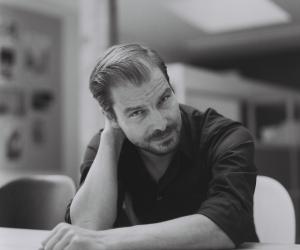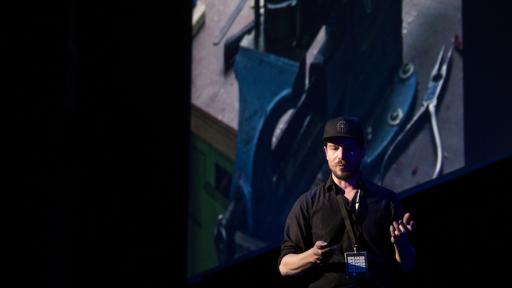From the Series
German industrial designer Stefan Diez grew up in a family of craftsmen and carpenters and that is the path he thought he was going to follow until he visited a school for architecture and industrial design.
“I didn’t even know that there was such a job as a designer… I wanted to study architecture,” he explains.
But after visiting the school something changed. “I thought this was the most interesting place I have ever seen,” he says of the school where he watched students creating their work.
He studied industrial design under Richard Sapper at the State Academy of Fine Arts Stuttgart and opened his own studio in in 2002. Today he is one of the world’s leading designers and his products have received various international design awards.
He says that when it comes to his process, it is more about the process of designing than it is about the product.
“That means I decide with whom I’d like to work, who would manufacture the object and where it’s manufactured. This framework gives a certain kind of natural playground or defines the boundaries of what’s possible. And then when I design, I try to build as close as I can to these boundaries.”
From 2007 to 2014, he was a professor of industrial design at the University of Arts and Design Karlsruhe (HFG), before joining the School of Industrial Design Lund, Sweden, in 2015.
Yet, the innovative designer has a very simple outlook on design.
Diez adds: “Design is always done really outstandingly if it takes little effort to reach very far. I think that’s for me most amazing.”
These interviews are brought to you by Liberty and inspired by the Design Indaba Conference 2017.
Create. Share. Inspire.











